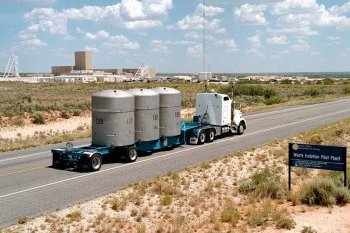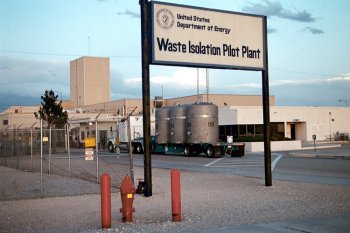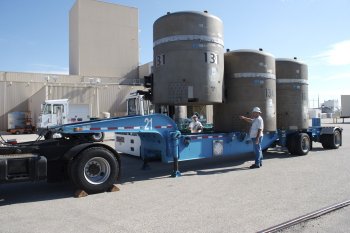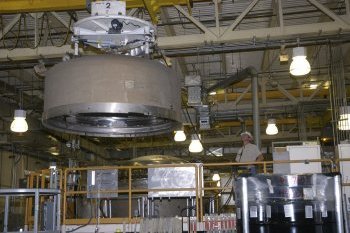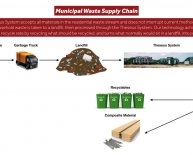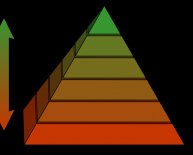May 26, 2022

Pictures of Waste Disposal
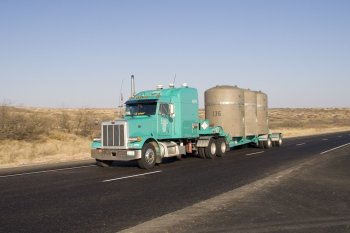
| The entrance to the Waste Isolation Pilot Plant near Carlsbad, N.M. |
| The Waste Isolation Pilot Plant at sunrise. |
| A view of the Waste Isolation Pilot Plant from a distance. |
Transportation
| A Tri State Motor Transit truck transporting three TRUPACT-II shipping containers on the highway. |
| A CAST Transportation truck transporting three TRUPACT-II shipping containers on the highway. |
| A WIPP truck approaches the Waste Isolation Pilot Plant. |
| A shipment of contact-handled transuranic waste arrives at the Waste Isolation Pilot Plant. |
Contact-handled
TRU waste disposal
| An empty TRUPACT-II is loaded onto a trailer. TRUPACT-IIs are sent to the generator sites empty and return with transuranic waste for disposal. | |

|
The outer-shell lid of a TRUPACT-II is lifted off inside of the Waste Handling Building. |
| Transuranic waste arrives in the WIPP underground on the waste hoist. The white vehicle is called a transporter, which will move the waste to the disposal area. | |
| A radiation control technician keeps a watchful eye as contact-handled transuranic waste is disposed in the WIPP underground. |
Remote-handled
TRU waste disposal
| An RH-72B shipping container is a lead-lined cask that is certified by the U.S. Nuclear Regulatory Commission. The RH-72B is used for shipping remote-handled transuranic waste to the Waste Isolation Pilot Plant. |
| The CNS 10-160B is an alternate shipping container for sending remote-handled transuranic waste to the Waste Isolation Pilot Plant. |
| The Horizontal Emplacement and Retreival Equipment (HERE) is used to push remote-handled transuranic waste into horizontal boreholes in the disposal room walls. |
Mining
The Waste Isolation Pilot Plant uses a continuous miner to carve disposal rooms out of the Permian Salt Formation, nearly a half mile below the surface.
